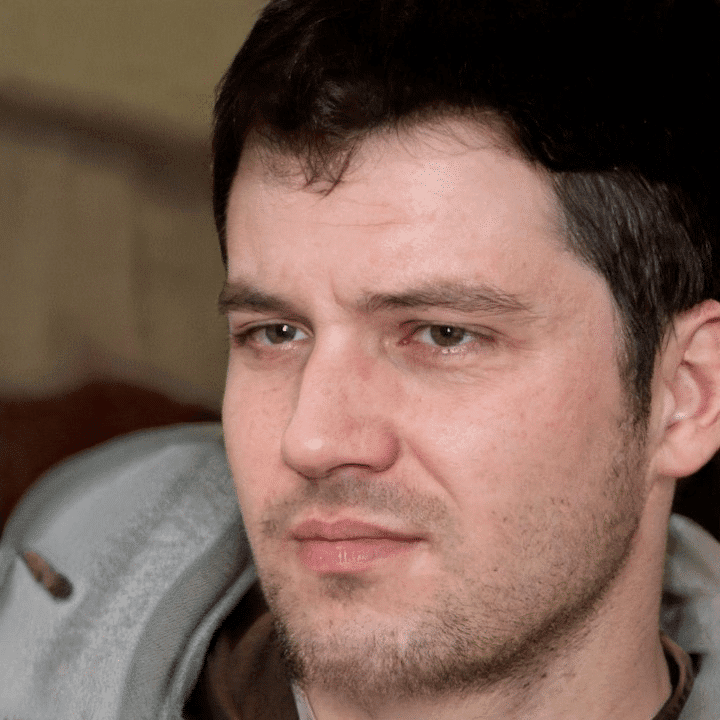## Andy to Undergo More Knee Surgery: A Detailed Look at the Road Ahead
It’s with a heavy heart that the news has been confirmed: Andy is scheduled to undergo additional knee surgery. This announcement, though anticipated by some, still comes as a significant blow, raising questions and concerns about his immediate future and long-term recovery. For someone who has shown immense dedication and resilience, facing another surgical intervention is undoubtedly a daunting prospect.
This post will delve into what this news entails, the complexities of repeat knee surgeries, the rigorous rehabilitation process, and the mental fortitude required for such a challenging journey.
### Understanding the Setback: Why More Surgery?
While the specifics of Andy’s condition leading to this second (or subsequent) surgery have not been fully disclosed, repeat knee procedures often stem from several common issues. These can include:
1. **Incomplete Healing from Previous Surgery:** Sometimes, despite initial success, the initial repair or reconstruction doesn’t heal as robustly as expected, leaving lingering instability or pain.
2. **New Injury or Re-injury:** The knee is a complex joint, and even after successful surgery and rehabilitation, a new twist, fall, or impact can cause damage to the previously repaired structures or other parts of the knee.
3. **Progression of Degenerative Conditions:** If the initial injury was severe or if there’s an underlying predisposition, conditions like osteoarthritis can progress, necessitating further intervention.
4. **Meniscus or Cartilage Issues:** These can be tricky. Meniscus tears, for instance, sometimes require multiple procedures if the initial repair fails or if new tears develop. Cartilage damage, especially in weight-bearing areas, can lead to chronic pain and necessitate procedures like microfracture or cartilage grafting.
5. **Scar Tissue Formation (Arthrofibrosis):** In some cases, the body’s healing response can lead to excessive scar tissue, limiting joint mobility and causing pain, often requiring surgical removal (lysis of adhesions).
The decision for a repeat surgery is never taken lightly. It typically involves extensive diagnostic imaging (MRI, X-rays), physical examinations, and a thorough discussion between the patient, orthopedic surgeon, and rehabilitation specialists, weighing the potential benefits against the risks.
### The Surgical Procedure: What to Expect
The type of surgery Andy will undergo depends entirely on the specific diagnosis. Common repeat knee surgeries include:
* **Revision ACL Reconstruction:** If a previously reconstructed Anterior Cruciate Ligament (ACL) has failed, this more complex procedure involves removing the old graft and reconstructing a new one, often using different graft material and revised tunnel placements.
* **Meniscal Repair or Meniscectomy:** Addressing new or recurring tears in the meniscus (the knee’s shock absorber). Repair aims to save the tissue, while meniscectomy removes the damaged portion.
* **Cartilage Restoration Procedures:** These aim to repair or regenerate damaged articular cartilage, crucial for smooth joint movement. Techniques vary from microfracture (creating small holes to stimulate new cartilage growth) to autologous chondrocyte implantation (ACI) or osteochondral allograft transplantation.
* **Ligament Repair/Reconstruction (other than ACL):** Addressing damage to other crucial ligaments like the MCL, PCL, or LCL.
* **Arthrofibrosis Excision (Lysis of Adhesions):** Surgically removing restrictive scar tissue to restore range of motion.
Regardless of the specific procedure, the goal remains the same: to restore stability, alleviate pain, improve joint function, and hopefully allow for a full return to activity. The surgery will likely be performed by a highly specialized orthopedic surgeon, utilizing either an arthroscopic (minimally invasive) or open technique, depending on the extent and location of the damage.
### The Grueling Road to Recovery: Rehabilitation Phase
Surgery is only the beginning. The most critical and often the most challenging part of recovery is the rehabilitation process. For a repeat surgery, this can be even more demanding, both physically and psychologically.
The rehabilitation journey typically involves several phases:
1. **Immediate Post-Operative Phase (Weeks 0-2):**
* **Focus:** Pain management, swelling reduction (RICE protocol: Rest, Ice, Compression, Elevation), protecting the surgical site, and initiating gentle range of motion exercises (often with the aid of a Continuous Passive Motion – CPM machine).
* **Goals:** Minimize complications, restore basic movement, and ensure proper wound healing.
2. **Early Rehabilitation Phase (Weeks 2-6/8):**
* **Focus:** Regaining full range of motion, initiating early strengthening exercises (isometric contractions, gentle isotonic movements), and light weight-bearing as tolerated or prescribed.
* **Goals:** Restore normal gait patterns, improve muscle activation around the knee, and enhance proprioception (the body’s awareness of its position in space).
3. **Intermediate Rehabilitation Phase (Months 2-4/6):**
* **Focus:** Progressive strengthening of the quadriceps, hamstrings, glutes, and calf muscles. Incorporating balance training, neuromuscular control exercises, and low-impact cardiovascular activities.
* **Goals:** Build muscle endurance and strength, improve dynamic stability, and prepare the knee for more demanding activities.
4. **Advanced Rehabilitation and Return to Activity Phase (Months 6-12+):**
* **Focus:** Sport-specific or activity-specific drills, agility training, plyometrics, and high-impact activities. Gradually reintroducing the demands of daily life or sport.
* **Goals:** Full restoration of strength, power, agility, and confidence. A final assessment often involves functional tests to ensure the knee is ready for the desired level of activity.
Throughout this entire process, consistent physical therapy under the guidance of experienced professionals is paramount. Adherence to the prescribed exercises, patience, and realistic expectations are vital for a successful outcome.
### Mental Fortitude: A Crucial Element
Beyond the physical challenges, undergoing repeat surgery can be incredibly taxing on mental and emotional well-being. Andy, like anyone in this situation, may face:
* **Frustration and Disappointment:** The feeling of starting over can be demoralizing.
* **Fear of Re-injury:** Apprehension about pushing the knee too hard or returning to previous activities.
* **Doubt:** Questioning the effectiveness of the surgery or their own ability to fully recover.
* **Isolation:** The long recovery can lead to feelings of being disconnected from normal routines or social circles.
A strong support system – including family, friends, medical professionals, and potentially sports psychologists – is crucial. Maintaining a positive outlook, celebrating small victories, setting realistic mini-goals, and focusing on the journey rather than just the destination can significantly aid in mental resilience.
### Looking Ahead with Hope
While Andy’s journey ahead promises to be challenging, it is not without hope. Modern orthopedic surgery and rehabilitation techniques are highly advanced, offering excellent prospects for recovery even after multiple interventions. His dedication and inherent strength will undoubtedly be key assets.
Our thoughts are with Andy as he prepares for this next significant step. We, along with his supporters, eagerly await updates and wish him a smooth surgery and a comprehensive, successful recovery. The path may be arduous, but with perseverance and expert care, we remain optimistic about his return to full health and activity.
—
**Meta Description:** Andy is set to undergo more knee surgery. Learn about the potential reasons for repeat procedures, the complexities of recovery, and the critical importance of rehabilitation and mental strength for a successful comeback.
**Categories:** Health, Sports Injury, Rehabilitation, Medical Updates, Personal Journey
**Tags:** Andy, knee surgery, knee injury, recovery, rehabilitation, orthopedic surgery, sports medicine, physical therapy, injury update, comeback, mental health, resilience, athletic recovery, cartilage repair, ACL reconstruction

A storyteller navigating the globe. On this page, I bring you the events shaping our world through my own lens. My mission is to enlighten with information.








